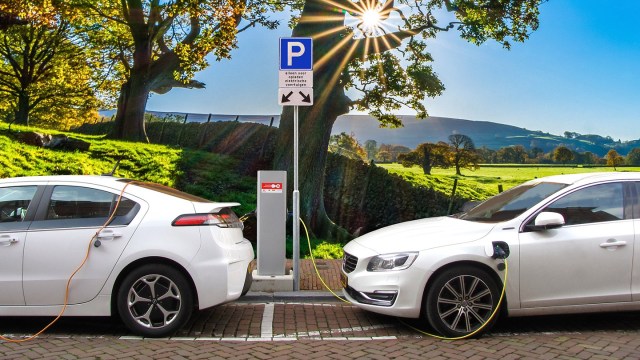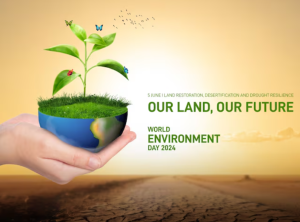EV manufacturers are caught between a rock and a hard place because their products are expected to compete against Internal Combustion Engine (ICE) vehicles in terms of range and performance, yet should be able to somehow bring down on costs significantly enough to ideally undercut, or at least match, the pricing of conventional fossil fuel powered automobiles, albeit with the assistance of various government subsidies.
We also need to ask the question: Are manufacturers ignoring basic safety tenets and cutting corners in testing in a bid to be in time to reap the benefits of the central government’s FAME-II (Faster Adoption of Electric and Hybrid Vehicles-II) and Production Linked Incentive (PLI) schemes and additional state subsidies, which will reportedly end by FY24?
Thermal management, a good battery management system, top of the shelf raw materials, smart design and stringent testing are key to eliminating overheating risks.
Effective thermal management costs money, and adds significantly to the overall cost of the battery. For the uber price-conscious 2-wheeler (2W) and 3-wheeler (3W) market, every rupee matters and this is why batteries for these EVs are somewhat rudimentary when compared to those powering their four-wheeled counterparts.
EV’s today have a practical range, possess adequate performance to keep up with today’s road speeds and must be cost effective to run. Currently, the battery technology that provides the power to most EVs to achieve all of these requirements mainly consists of lithium-ion cells that are bundled up together to form a powerpack which returns decent bang for the buck. This seems like a perfect solution on the surface, but it isn’t.
This is because the end of life protocols for the disposal of these batteries are currently blurry at best. Currently, recycling of these batteries is expensive, energy intensive, hard to carry out on a large scale, and the recycled output quantity obtained of these metals is very, very low. Most EV manufacturers are mostly talking about second-life exercises that are largely all about repurposing old batteries into applications that need a lower energy storage capacity. However, there will come a point when these batteries too can no longer hold charge, and their disposal SOPs are something that remains to be looked at. Today, a large quantity of spent li-ion batteries ends up in landfills.
What can companies do?
From a communications standpoint, there is much that can be done. For one, it is wise to ‘say it like it is.’ Are personal mobility EVs the proverbial silver bullet that will end global warming? Yes and no.
Yes, EVs will have a limited impact to a certain extent as they boast of zero tailpipe emissions (they don’t have tail pipes to begin with!) and therefore, are as clean as the source of electricity that powers them. But no, they’re not the absolute answer to a completely, zero-carbon transportation solution.
So is renewable energy actually green?
Again, yes and no. For example, it would be more accurate to describe solar and wind power ‘relatively’ cleaner than burning coal in thermal power generation plants to heat water into steam that spins turbines. This is because there are lots of complexities with regard to the efficiency of these renewable sources of power, their seasonal variations and the recyclability of the technologies that are employed to harness them. Composite materials that go into the making of windmill blades, for example, aren’t feasible to be recycled and hence, used blades are being dumped in the ground.
Just like with EVs, it would be prudent to communicate accurately the benefits of renewable energy sources that have been set clearly against the backdrop of non-renewable energy sources, rather than making them out to be as the sole arrestors of climate change and the cure that will wrest the planet away from impending ecological doom.




